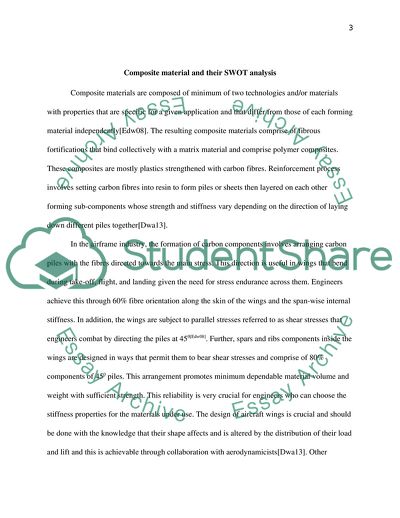Cite this document
(Materials Essay Example | Topics and Well Written Essays - 1500 words, n.d.)
Materials Essay Example | Topics and Well Written Essays - 1500 words. https://studentshare.org/engineering-and-construction/1833434-materials
Materials Essay Example | Topics and Well Written Essays - 1500 words. https://studentshare.org/engineering-and-construction/1833434-materials
(Materials Essay Example | Topics and Well Written Essays - 1500 Words)
Materials Essay Example | Topics and Well Written Essays - 1500 Words. https://studentshare.org/engineering-and-construction/1833434-materials.
Materials Essay Example | Topics and Well Written Essays - 1500 Words. https://studentshare.org/engineering-and-construction/1833434-materials.
“Materials Essay Example | Topics and Well Written Essays - 1500 Words”. https://studentshare.org/engineering-and-construction/1833434-materials.


